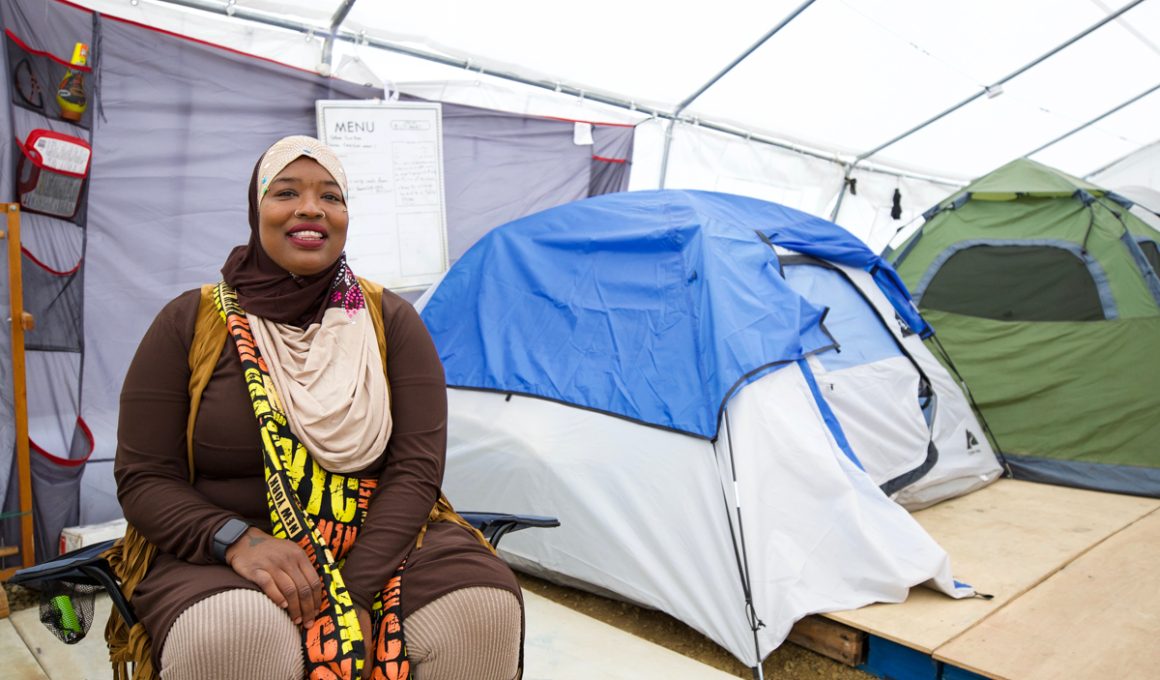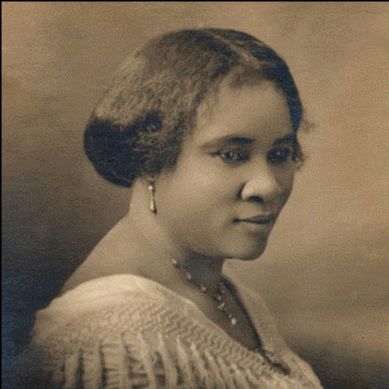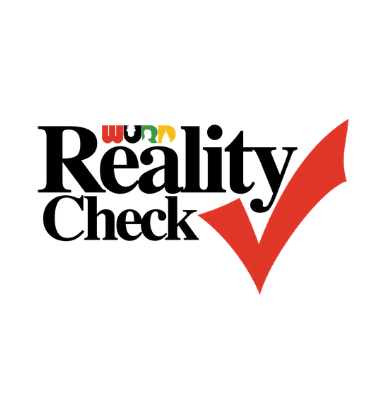-
play_arrow
WURD Radio
A new kind of safe haven: ‘I see a person who just wants to be understood and loved’


WURD is one of more than 20 news organizations producing Broke in Philly, a collaborative reporting project on solutions to poverty and the city’s push towards economic mobility. Follow us at @BrokeInPhilly.
By Zari Tarazona | Kensington Voice
Photo Credit: Solmaira Valerio
*Editor’s note: Jeremy’s last name was withheld for privacy reasons.
Since May, Patrice Rogers has supported dozens of people at risk of addiction, homelessness and mental illness through her street outreach and outdoor, camp-based safe haven near McPherson Square Park. The safe haven, called Stop the Risk, is located in an open lot at 3033 Kensington Ave.
Rogers, who founded the program, aims to help the residents there find stability. She starts by having conversations with potential residents to learn more about them and their goals.
“Getting to know them as an individual is one of the ways that I believe we can help stop addiction,” Rogers said. “You’ve got to meet and understand who that individual is and why they got to the stage that they’re at.”
This fall, Jeremy*, who’s originally from upstate New York, lived at Stop the Risk for about two months.
He was walking by the lot when he met Rogers. She explained her program, asked Jeremy some questions and then invited him to stay there. He had recently returned to Kensington after leaving a faith-based recovery residence. His goals were to stop using drugs and find work.
“Ultimately, I know what I need to do, and I’m going to do it,” said Jeremy, who graduated from the program early in mid-November.
Before Rogers purchased and cleaned the property, it was filled with trash and overgrown grass and weeds. Now, Rogers allows up to 10 residents to live there at a time.
Residents live in individual camping tents located inside a large white canopy tent on the property for up to three months.
Rogers provides residents with tents, and as an incentive, they can move into bigger tents if they’re progressing toward their goals. The program does have rules and requirements, such as helping keep the area clean and looking for work. Also, while abstinence from drugs isn’t a requirement, substance use isn’t allowed on the property.
Stop the Risk’s safe haven program is unique because of its outdoor setup, time limit and target population. However, Dennis Culhane, a social science researcher at UPenn who focuses on homelessness and housing, said the safe haven model — which was pioneered in Philadelphia by Project HOME co-founder Sister Mary Scullion — is well established and evidence-based.
“The low-barrier aspect, the no requirements for treatment or sobriety, those are all features of safe havens, and they’ve been very successful at engaging some of the people who have the greatest difficulty connecting to services otherwise,” Culhane said.
According to people who’ve stayed there, Stop the Risk has served unhoused residents who didn’t think local shelters were a good fit. Unlike shelters, the safe haven is outdoors and residents come and go throughout the day and have a safe place to leave their belongings. Additionally, Rogers provides them with one-on-one support.
During the last six months, Rogers estimates that between 20 to 30 people have stayed at the safe haven. Since then, six people have “graduated,” meaning they’ve gone back home, found new housing or continued their recovery elsewhere.
In Kensington, encampments with people experiencing homelessness, people who use drugs and other vulnerable populations have been a quality-of-life issue in the area since at least the early 2000s. Some Kensington residents feel that the city only provides short-term solutions, like the cycle of clearing encampments and connecting those in encampments with social services.
Rogers, who lives near Kensington, shares that frustration, especially by the lack of solutions.
“Everyone’s trying to figure out what the solution is, and no one can come up with a solution,” Rogers said. “ … My program does work. I matter, Kensington matters and these people matter.”
Stop the Risk: How it works
At Stop the Risk, residents take on responsibilities, such as cleaning the area around the property, setting goals and looking for work or working.
“I tried to figure out the things that people wanted, and the main thing that they wanted was to work,” said Rogers, who has connected the safe haven’s residents to local construction jobs and the city’s Same Day Pay Program through CLIP.
And although the safe haven program’s duration is three months, Rogers has supported residents like Jeremy, who’ve finished the program early. She also has supported residents who needed more time.
“I don’t kick them out because they might not be ready,” Rogers said, adding that residents are allowed to stay at the safe haven longer on a case-by-case basis.
As part of the program, Rogers meets with residents individually and as a group to provide support, conflict resolution and incentives. Rogers also wants the group to experience everyday life. For example, in October, she took them to the movies to see “Halloween Kills” starring Michael Myers.
“We had popcorn — and that made them feel human again if they didn’t feel like it before,” she said.
Still, the program’s model has faced some challenges. As winter approaches, residents have experienced colder temperatures due to the safe haven being located outside. Powerful winds also have made it difficult to keep the large white canopy tent in place. Rogers has been working on getting as much heating equipment as possible and a metal structure called a “carport,” which should help stabilize the large white tent.
“I’m trying to find things that we can have to keep together so people can have a safe place to be during the wintertime,” she said.
Rogers added that right now she needs the following donations in addition to the carport and heating equipment: blankets, gloves, hats, insulated camping tents and sleeping bags. Moving forward, Rogers said she could benefit from additional funding to continue her work. So far, she has spent her own money to fund the organization’s services.
According to Stop the Risk volunteer Jennifer Bonovitz, Rogers has reached a point where the program needs more funding. Now, Bonovitz is helping Rogers apply for nonprofit status.
If approved, Rogers will be able to apply for grants and collect tax-deductible donations. Until then, she’ll continue providing services to the best of her ability. With additional funding, Rogers said she could consider serving other types of at-risk individuals and hire staff to help run the organization.
“I can see my program going to another level,” she added.
‘I will be at the finish line waiting for every last one of them’
As part of Stop the Risk, Rogers does street outreach in the neighborhood. She also engages people in front of the safe haven from Monday to Friday between 9 a.m. and 11 a.m. She and several other volunteers regularly hand out meals and clothes.
According to Bonovitz, since Rogers spends a lot of time in the neighborhood, she’s able to observe people and determine whether or not someone is ready to start the program.
“The expectation is they’ll get to the point where they can move out and get their own place,” said Bonovitz, who met Rogers through volunteering at Project HOME.
Rogers said she’s giving residents an opportunity to get “back in the groove.” For her, the program is more than just a job. It’s her passion.
On a more personal level, Rogers said she used to take care of her husband Jonathan, who suffered from addiction and passed away last year. Rogers used to pray that Jonathan — the “best man” she ever knew besides her father — would make it back home from Kensington, and she would often pick him up from McPherson Square Park.
“People didn’t know that my husband had a beautiful wife and beautiful kids and that his dinner was on the table waiting for him, but he just chose to come out here,” she said. “They didn’t know we had a nice car. They didn’t know that my husband was in the union making $34 . They only saw the ‘addict.’ They didn’t know the things that he had.”
Rogers added that the unhoused people on the streets of Kensington and their loved ones drive her to do this work.
“I will be at the finish line waiting for every last one of them because I believe in them,” she said. “I know they can do it. … I see a person who’s suffering from mental health. I see a person who’s suffering from addiction and disease. And I see a person who just wants to be understood and loved.”
THE WURD WEEKLY NEWSLETTER
Black Talk Media sent straight to your inbox.
BECOME A MEMBER
The forWURD Movement is your way to
protect and preserve Independent Black Media.
Written by: wurdradio21stg
addiction Broke In Philly homelessness Kensington Voice mental health Patrice Rogers philadelphia Stop the Risk
Similar posts
Featured post
Latest posts

This week on WURD: Philly teachers fight for more, Black federal workers under threat, the story behind Gladys Knight and the Pips

This week on WURD: Trump’s “mega bill,” Medicare cuts, U.S.-Iran tensions

Teens Cultivate Soil and Safety at Sankofa Community Farm

This week on WURD: Musiq Souldchild shares his journey, PA’s budget delays, Sherri Shepherd’s latest role

This week on WURD: Philly teachers on strike, SEPTA’s funding issues, Sankofa through farming
Current show
Upcoming shows

Soulful Sunrise
6:00 am - 7:00 am

Wake Up With WURD
7:00 am - 10:00 am

The Midday Break Room
10:00 am - 1:00 pm

Keepin’ It Real with Rev. Al Sharpton
1:00 pm - 4:00 pm

Evening WURDs
4:00 pm - 7:00 pm
WURD Radio LLC © 2012-2021. All rights reserved.







Post comments (0)